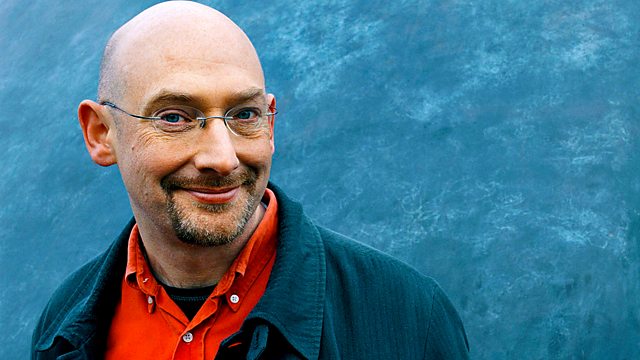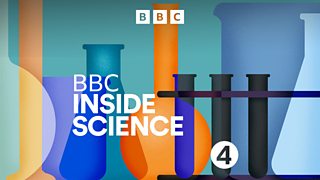Designing Against Crime - Facial Recognition
Quentin Cooper hears about a new study into how different cultures process faces in different ways, and how designers are fighting crime.
Designing Against Crime
How can businesses use design to lower crime? When the Design and Technology Alliance (DTA) was formed in September 2007, its intention was to promote innovation, identify incentives for business to use design to lower crime and to advise on what consumers want.
These crime-fighters cannot fly and do not possess secret weapons, but they are armed with the power of design technology.
Quentin Cooper is joined by designer Sebastian Conran, director of Studio Conran and founder member of the Design and Technology Alliance, and Lorraine Gamman, Professor in Design Studies at Central Saint Martins School of Art and Design – and Director of the Design Against Crime Research Centre.
They are looking into new ways to deter crimes by designing harder to steal objects and by rethinking the way we design public spaces where things like bikes are kept.
Facial Recognition
Face processing (the way that we look at faces, the decisions we make about faces) is key to human communication and social interaction – how do we do it and are there different ways of doing it in different parts of the World.
Quentin Cooper is joined by Dr Lisa DeBruine of Aberdeen University has shown how we can learn, in a fraction of a second, the sex of a person, their age, their emotional wellbeing, how healthy they are, and whether we might be related to them.
And by Roberto Caldara of Glasgow University - who looked at eye movements of Western caucasians and East Asian observers as they examined new faces.
His findings show that different cultures process faces in different ways.
Westerners tend to look at the eyes and mouth, while East Asians fix the central part of the face….
This suggests that different cultures have developed different strategies for processing faces.


